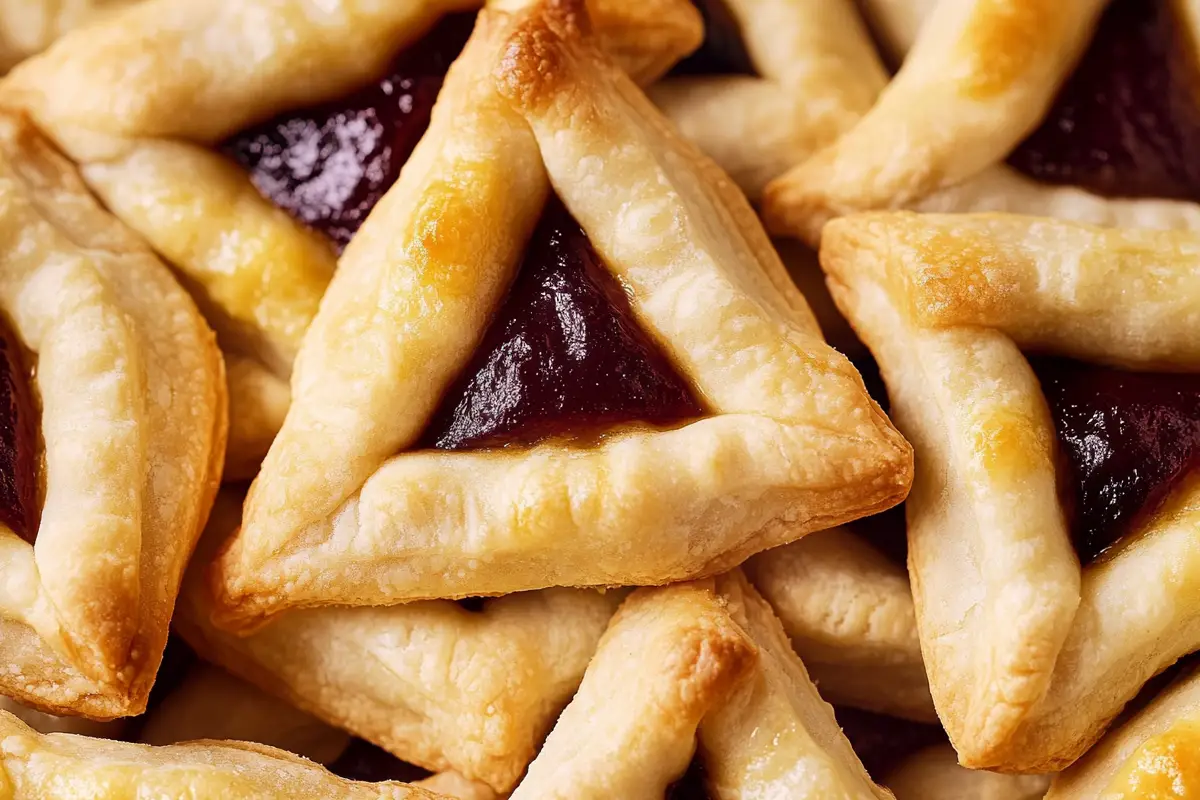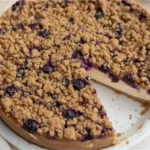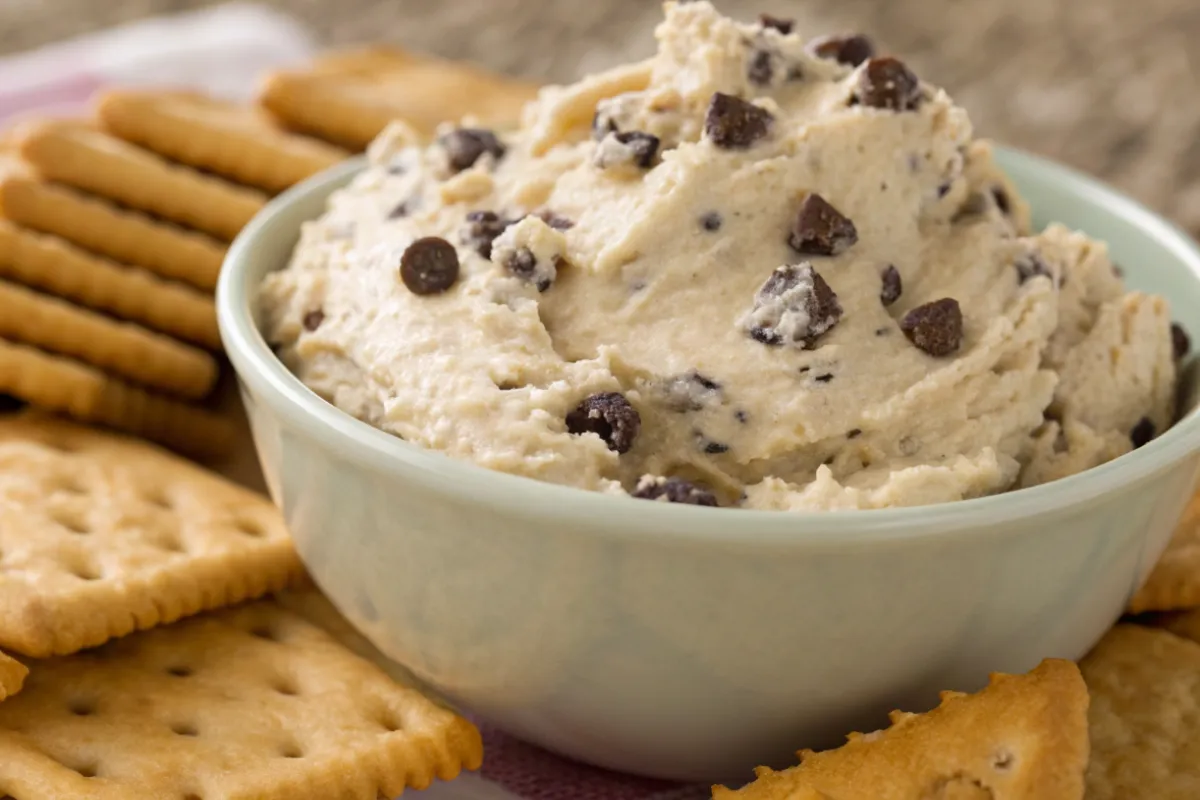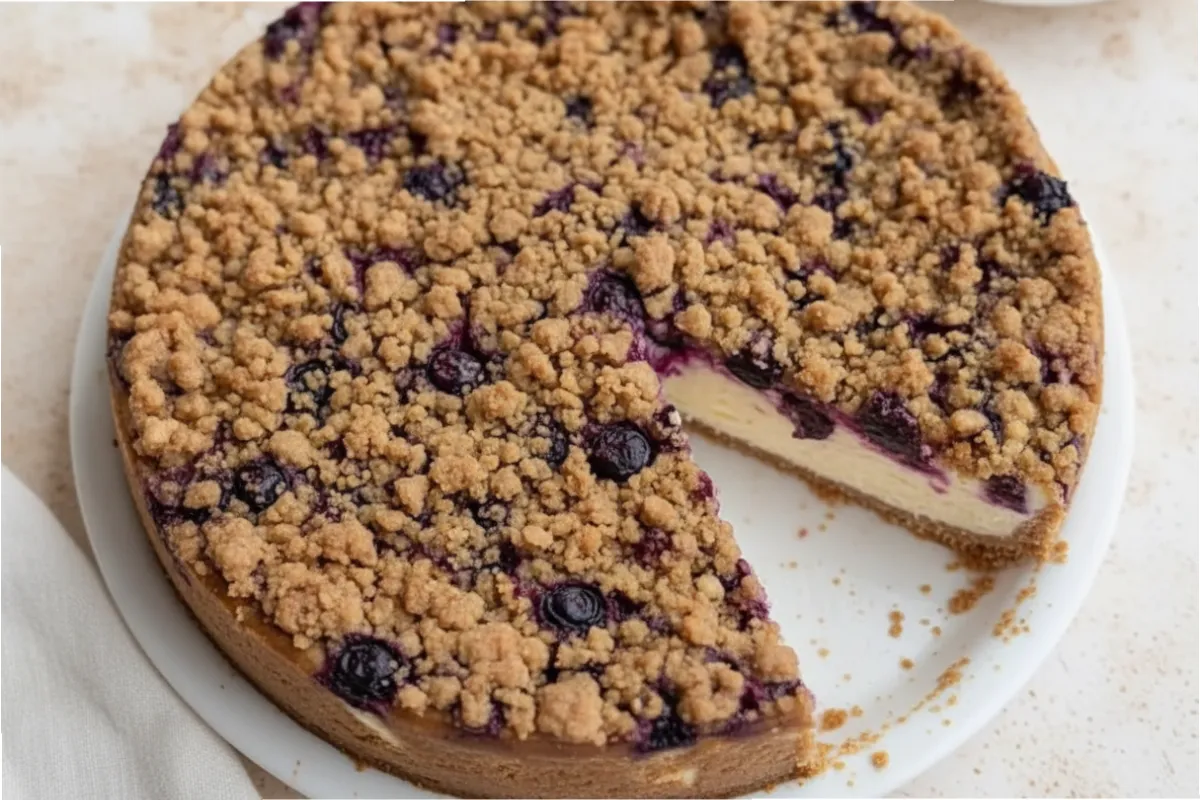If you’ve ever celebrated Purim, you’ve likely encountered the delightful Hamantaschen—a triangular-shaped, jam-filled cookie with a buttery, crumbly texture and a sweet, fruity filling. The Hamantaschen recipe has been a staple in Jewish kitchens for generations, symbolizing the story of Purim and bringing families together in the joy of baking.
These cookies are beloved for their rich, slightly crisp dough and burst of sweet filling inside, making them a perfect treat for both Purim and everyday snacking. Whether you’re a seasoned baker or trying your hand at Hamantaschen for the first time, this recipe will ensure perfectly shaped, deliciously filled cookies every time.
One of the best things about Hamantaschen is their versatility. Traditionally, they’re filled with poppy seed (mohn), prune, or apricot preserves, but modern variations include chocolate, Nutella, dulce de leche, and even savory options. The dough can be tweaked to be buttery and crumbly or soft and cakey, depending on personal preference.
In this article, we’ll dive deep into the secrets of making the best Hamantaschen, covering pro tips, variations, serving suggestions, storage methods, and even creative uses for leftovers. By the end, you’ll have all the knowledge you need to bake a batch that’s both beautiful and delicious!
Table of contents
Recipe Card
Why This Recipe Works
1. The Perfect Dough for Easy Shaping
One of the biggest challenges when making Hamantaschen is getting the dough to hold its shape. Some recipes result in dough that spreads too much, leading to flat, unrecognizable cookies instead of well-defined triangles. This recipe balances butter, sugar, and eggs for a dough that’s both rich in flavor and structurally sound.
Pro tip: Chilling the dough before rolling and shaping ensures it stays firm and easy to work with, preventing the cookies from spreading too much in the oven.
2. A Balance of Sweetness and Texture
Many Hamantaschen recipes skimp on sugar in the dough, making the cookies overly reliant on the filling for sweetness. This recipe ensures that the dough itself has a slightly sweet, buttery taste, complementing the filling rather than overpowering it.
Additionally, the dough is neither too dry nor too soft, meaning you won’t end up with tough or crumbly cookies. Instead, you’ll get a light crispness on the outside and a slightly tender bite inside.
3. Customizable Fillings for Every Taste
Traditional Hamantaschen fillings like poppy seed and prune are classic and delicious, but why stop there? This recipe allows for endless variations, from chocolate-hazelnut spread to raspberry jam. You can even experiment with savory fillings like cheese and herbs for a unique twist.
4. Foolproof Folding Technique
One of the most common issues with making Hamantaschen is the cookies opening up during baking, spilling the filling all over the baking sheet. This recipe provides a reliable folding method that keeps the filling inside while ensuring the dough adheres properly at the corners.
Key technique: Instead of simply folding the edges, we pinch them firmly together and slightly tuck in the edges, creating a more secure seal.
Hamantaschen Variants
Hamantaschen can be made with a variety of fillings to suit different tastes. Traditional fillings include poppy seed (mohn), apricot, and prune. For a modern twist, try using Nutella, peanut butter, or even savory options like cheese and herbs. You can also experiment with different dough flavors by adding cocoa powder for a chocolate version or using whole wheat flour for a healthier option. The possibilities are endless, making this one of the best hamantaschen recipes to customize and enjoy.
Tips for a perfect hamantaschen recipe
- Chill the Dough: Chilling the dough is crucial for maintaining the shape of the hamantaschen.
- Seal Well: Pinch the corners tightly to prevent the filling from leaking out during baking.
- Experiment with Fillings: Try different fillings like Nutella, fruit preserves, or even savory options.
- Use Parchment Paper: This prevents the cookies from sticking and makes cleanup easier.
- Avoid Overfilling: Too much filling can cause the cookies to burst open.
- Use a Cookie Cutter: For uniform cookies, use a round cookie cutter or a glass with a sharp edge to cut out the dough circles.
- Prevent Dough from Sticking: Dust your rolling pin and work surface with flour to prevent the dough from sticking while rolling it out.
- Rotate the Baking Sheet: Halfway through baking, rotate the baking sheet to ensure even baking and browning of the cookies.
- Check for Doneness: Keep an eye on the cookies towards the end of the baking time. They should be lightly golden but not too brown.
- Cool Completely: Allow the cookies to cool completely on a wire rack before storing them to maintain their crispness.
FAQ About Hamantaschen Recipe
Traditional fillings include poppy seed, prune, apricot, and raspberry jams, but you can also use chocolate, Nutella, or other fruit preserves. Just make sure the filling is thick enough so it doesn’t run out while baking.
To prevent hamantaschen from opening, make sure to pinch the corners of the dough firmly to seal them well. Chilling the formed cookies for 10-15 minutes before baking can also help them hold their shape in the oven.
Yes! You can make the dough up to 3 days in advance and store it in the fridge. You can also freeze unbaked Hamantaschen and bake them fresh when needed. Just add an extra 2–3 minutes to the baking time if baking from frozen.
Leaky filling usually happens if:
– The filling is too thin or runny—use thick jams or refrigerate soft fillings before using.
– Too much filling was used—stick to 1 teaspoon per cookie.
– The dough wasn’t properly sealed—make sure the edges are firmly pinched together.
Yes! For an egg-free version, replace the egg with:
– 1 tablespoon flaxseed meal + 2.5 tablespoons water, mixed and rested for 5 minutes.
– Or ¼ cup applesauce for a slightly sweeter dough.
Dry dough is often caused by:
– Too much flour—measure flour using the spoon-and-level method, rather than scooping directly from the bag.
– Not enough moisture—add 1 tablespoon of milk or water at a time until the dough is soft but not sticky.
– Over-mixing—mix just until the dough comes together to avoid toughness.
Final Thoughts
Baking Hamantaschen is more than just making cookies—it’s a way to celebrate tradition, bring family together, and enjoy a delicious treat with endless flavor possibilities. Whether you prefer the classic poppy seed filling, a fruity jam, or a modern twist like chocolate or cheesecake, this recipe provides a foolproof guide to getting them just right.
One of the best parts of making Hamantaschen is customization. With options for gluten-free, vegan, and even savory variations, you can tailor these treats to suit any dietary preference or occasion. Plus, proper storage techniques ensure you can enjoy them fresh for days, and leftover cookies can be repurposed in fun and creative ways.
If you loved this recipe, you might also enjoy trying other classic baked goods. Check out this Bisquick Strawberry Shortcake Recipe for another sweet and nostalgic treat. Or, if you’re in the mood for something crunchy, these Cheese Crisps are an addictive snack to have on hand.
For a completely different flavor adventure, why not explore a traditional Moroccan favorite? This Moroccan Mint Tea Recipe pairs beautifully with Hamantaschen, balancing out the sweetness with refreshing herbal notes.
Now it’s your turn! Gather your ingredients, preheat your oven, and start shaping these delightful Purim cookies. Share them with family, bring them to a gathering, or simply enjoy them with a cup of tea or coffee. However you choose to indulge, this Hamantaschen recipe is bound to become a favorite in your kitchen.











Leave a Reply